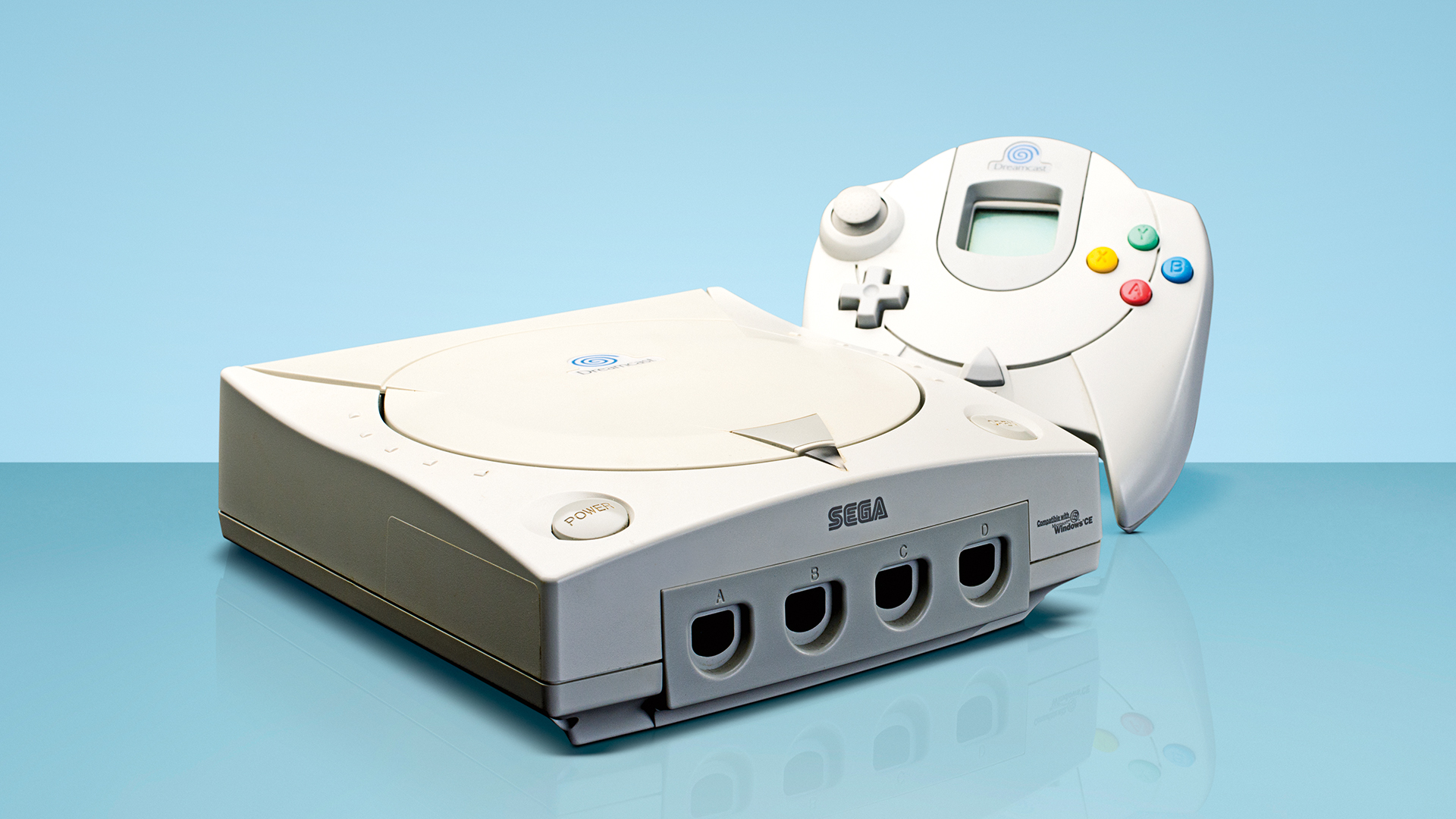What if… Sega still made games consoles today, and killed the Xbox as a result?
For T3's 25th anniversary, we're looking at how pivotal moments might have changed history – so what if Sega had survived the PlayStation 2, and teamed up with Microsoft?


In order to split into a timeline, where Sega still makes games consoles, we need to go back to the development of the Dreamcast. The Sega Saturn had been a disaster, and had left Sega in a more precarious financial position than it really should have been after the good times of the Mega Drive.
The Dreamcast’s failure was a case of death by 1,000 papercuts, but some of those cuts were larger than others. One that stands out in particular was the decision to use PowerVR graphics chips instead of 3dfx Voodoo-based graphics – this led to massive manufacturing issues during the Japanese launch that stopped hundreds of thousands of possible pre-orders, and the chip was cited by EA as a reason to not bring its sports games to the console, which pushed the millions of Madden and FIFA players to other platforms (mostly PS2).
So let’s imagine a world where Sega sticks with 3dfx, makes more money from the launch in Japan, and its US/European launch comes with support from EA’s crucial games portfolio. The PS2 is still likely to be the dominant force in gaming that generation, because of its DVD drive and Sony’s brilliant marketing, but the Dreamcast is a robust seller, and is ready for the upcoming world of online gaming, thanks to Sega’s vision to include a modem with every Dreamcast.
This means there’s no hole for Microsoft to jump into with the development of the Xbox (which really began in earnest at the time it was clear the Dreamcast was doomed) and Xbox Live.
The Xbox was developed partly because Sony was positioning the PS2 as a super-computer that would replace PCs as well as other consoles, and Microsoft wasn’t about to let that happen. But in the alternate timeline, Microsoft would never need to develop its own console to do that, because it’s already partnered with Sega.
Get 3 issues of T3 for just £3 today!
Get every new issue of the UK's best-selling gadget magazine delivered direct to your door before it even hits the shops! And for a bargain price: get 3 issues for just £3 in our Autumn sale when you buy before 17th October at 10am (BST).
Get 3 issues of T3 for just £3 today!
Get every new issue of the UK's best-selling gadget magazine delivered direct to your door before it even hits the shops! And for a bargain price: get 3 issues for just £3 in our Autumn sale when you buy before 17th October at 10am (BST).
In the real world, Microsoft had developed a special version of Windows CE to run on the Dreamcast, to make it easier to port games. Sega had also promised that if games could run on a Pentium II 200, they could run on Dreamcast – again, aimed at making porting less uncertain. So in the alt timeline, the Sega/Microsoft partnership develops.
Instead of using its DirectX graphics technology to launch its own console, Microsoft uses it to help Sega eke more performance from the Dreamcast in the face of the superior PS2. It helps Sega to port creative and educational tools to the Dreamcast too, making it a more affordable equivalent to a family computer, earning it more sales.
Get all the latest news, reviews, deals and buying guides on gorgeous tech, home and active products from the T3 experts
As the Dreamcast starts to feel long in the tooth, Sega works with Microsoft and Nvidia (which has bought 3dfx at this point) on its next system, designed to lean even more into bringing the power of PCs to the living room. Microsoft brings its pal Intel into the mix, pushing the chip maker to develop the multi-core power that games are starting to need, mixed with Nvidia graphics, powered by DirectX.
Porting from PC is trivially easy, and so Microsoft taps up its former employee Gabe Newell for a coup. In 2004, the Dreamcast’s successor is released, with Half-Life 2 as a console exclusive ready on launch day.
The PS3 launches two years later for a hideously high price, and its Cell processor is convoluted to program for, while the Sega console is bustling with a vibrant ecosystem of PC games as well as Sega’s big franchises. The PS3’s extra power helps it to grow momentum, but Sega’s use of PC architecture and software means it can release a higher-powered version to keep up as a mid-generation upgrade, and games are easily updated to take advantage of the power – effectively doing what real-world consoles did in the PS4/Xbox One era, but a whole generation earlier.

Matt is T3's former AV and Smart Home Editor (UK), master of all things audiovisual, overseeing our TV, speakers and headphones coverage. He also covered smart home products and large appliances, as well as our toys and games articles. He's can explain both what Dolby Vision IQ is and why the Lego you're building doesn't fit together the way the instructions say, so is truly invaluable. Matt has worked for tech publications for over 10 years, in print and online, including running T3's print magazine and launching its most recent redesign. He's also contributed to a huge number of tech and gaming titles over the years. Say hello if you see him roaming the halls at CES, IFA or Toy Fair. Matt now works for our sister title TechRadar.
